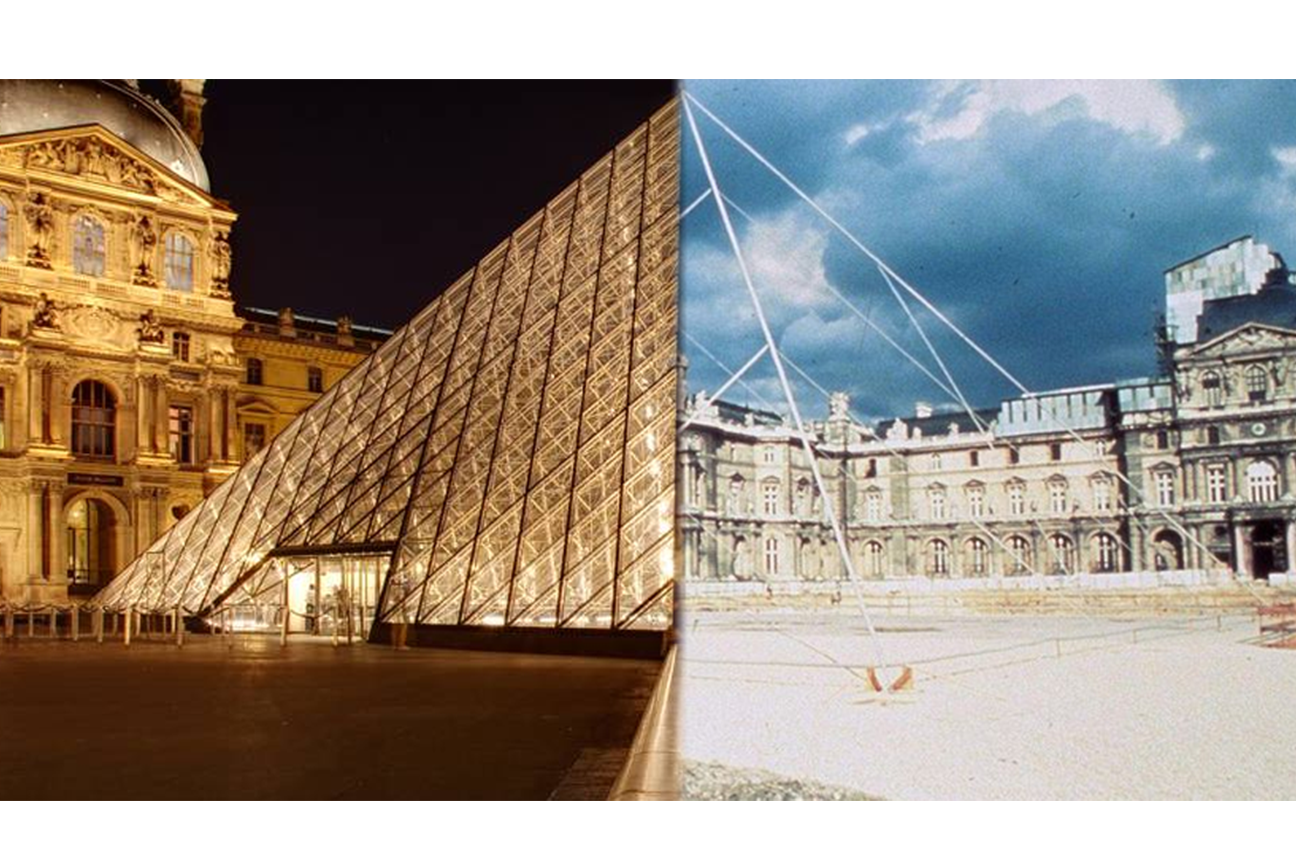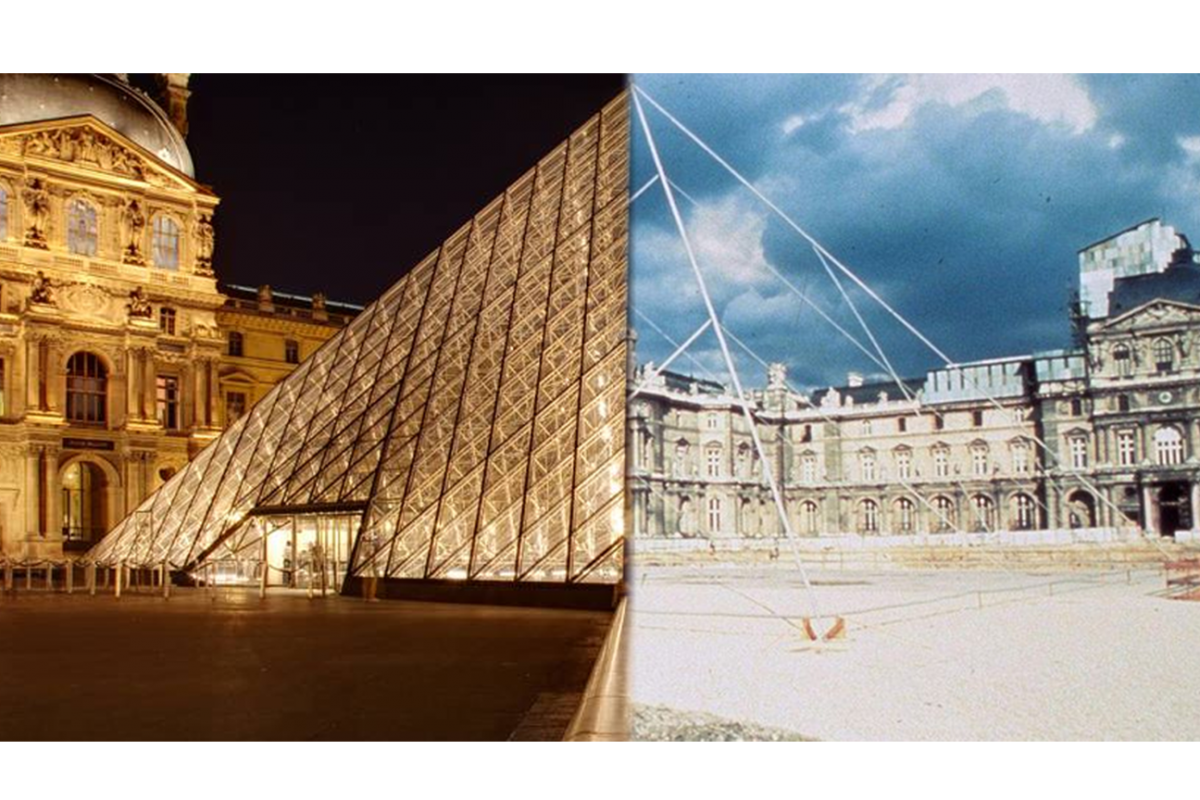
As we adopt new trends and styles in re-envisioning development, we must not destroy the spirit of the past and remember what the foundation of the building really means. As architectural technologies and styles evolve, conservationist and contemporary architects develop tension on whether to preserve old historical buildings or re-develop to present the current trend. The interplay between the old and the new often sparks controversy. Some individuals see this as something positive where old architecture is given new life without destroying its history. However, others consider it overpowering the original architecture.
The Louvre Pyramid in Paris is an iconic example of controversial architecture where it took over two decades for the public to accept the new contemporary design additions. After years of controversy, the public realized that the interior exhibits of historical artworks were not affected by the outside décor. Instead, it provided a new sense of balance to the overall structure and keeps the museum safe.
We must ask ourselves though, how does contemporary additions create value to the originally designed building, and does it make sense? When done correctly, contemporary and historical architecture can create a perfect balance and structure. In today’s consistently developing world of architectural structures and buildings, our love for vintage interior designs show no sign of waning. Design trends are cyclical just like fashion. The current most wanted style has been the shabby-chic, French country-inspired décor. You’ll also see a mixture of vintage with industrial and repurposed fabrics with lightly stripped wood.
Today, a myriad of cities are joining the urban revitalization culture and revamping their locations as part of the 2030 process. However, tackling on large projects like this requires massive coordination, management and logistics. Historical buildings must be examined to determine what materials were utilized in the creation of the unit. Masonry buildings structured over 100 years ago were commonly constructed with multi-Wythe, load-bearing walls. Today, masonry construction has advanced and is focused on structural steel frames that contain an air space between the exterior masonry and the interior finish. A hundred years ago, that same air space consisted of brick or rubble.
Revitalizing old historical buildings is important to preserve cultural heritage. Back in April, Notre Dame Cathedral was engulfed in flames. Today, experts are discussing on what comes next in the rebuilding of the church. The complexity of the task comes with technological and technical skills that will require in-depth knowledge of the cathedral. The reconstruction efforts may in fact be one of the longest of the modern era and will require the latest structure that is fire-and-waterproof. Craftsmanship of the past must integrate with technology of the present. High-tech solutions like laser scanning are also necessary in providing a digital record that will enable architects to maintain the original design. It’s a monumental task and even though it’s made with stone, the frame changes over time.
Finding the right balance between old and new styles in décor, architecture and design is important. Restoring noteworthy landmarks with modern structure and material should be looked at as something positive. Instead of losing a significant historical building, structuring it with contemporary aesthetics and modernizing it to today’s society can preserve its beauty.

